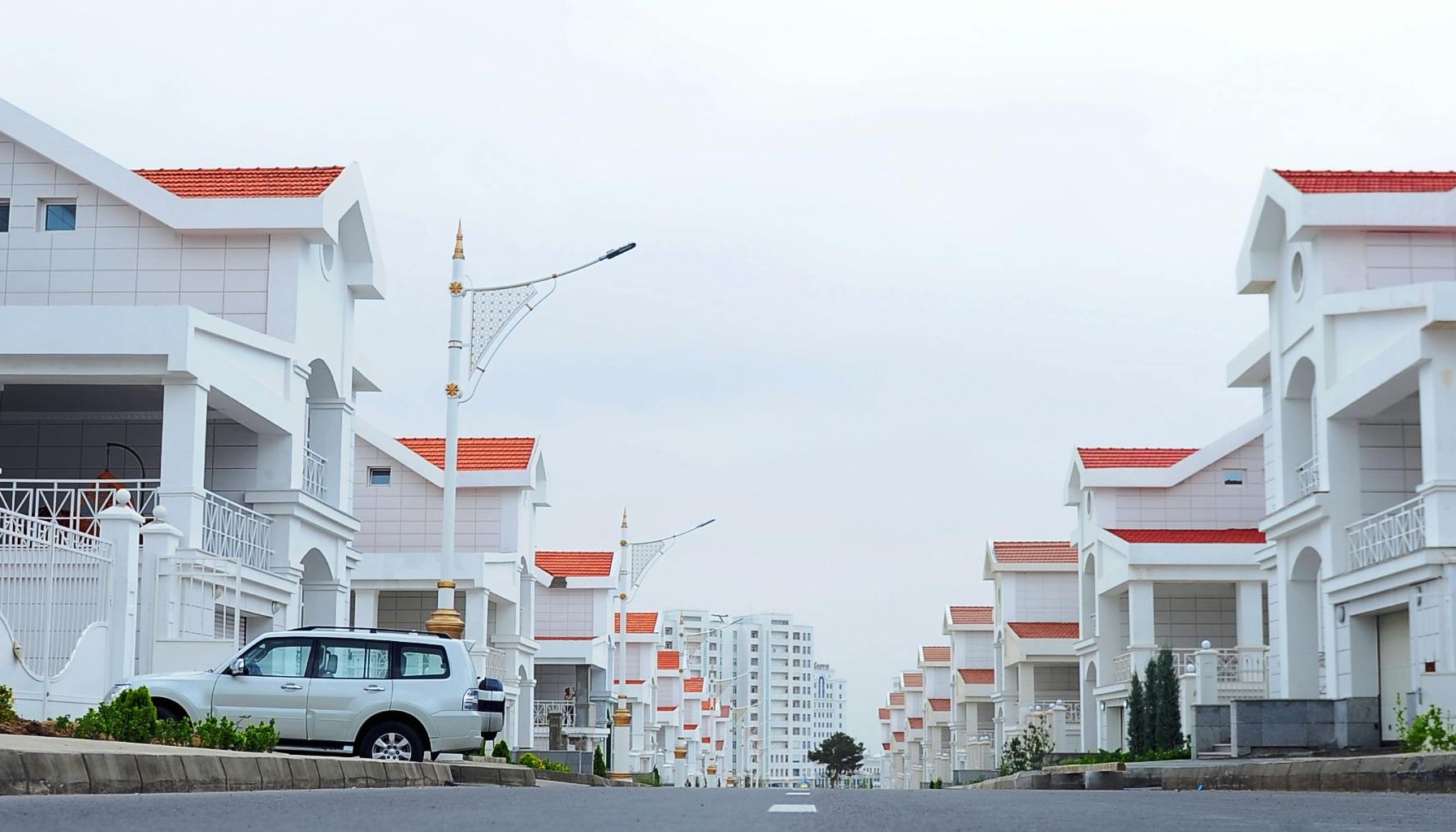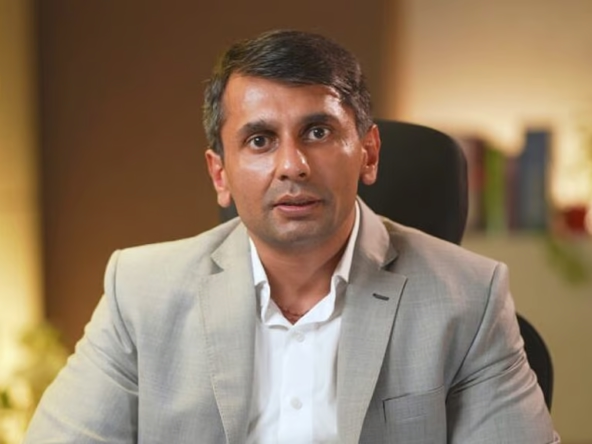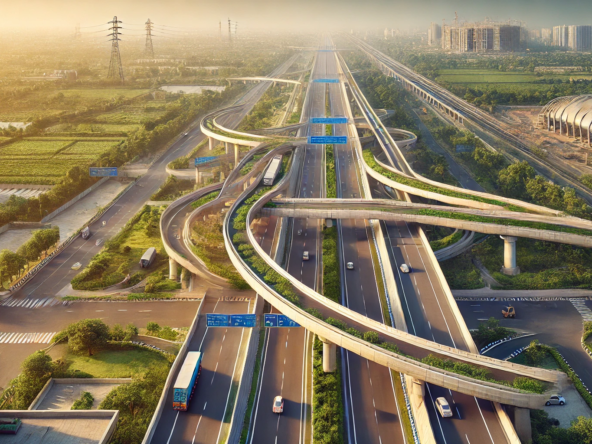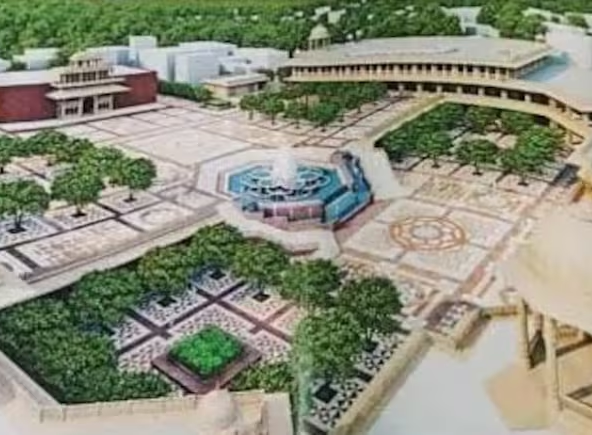Decoding the Real Estate Market in India: A Special Focus on Vrindavan
Did you know that India’s real estate market is projected to reach $1 trillion by 2030 and contribute 13% to the GDP by 2025? While metro cities dominate the industry, a new trend is emerging—spiritual hubs like Vrindavan are becoming attractive real estate destinations.
The Indian real estate market has experienced rapid growth, driven by urbanization, infrastructure development, and increasing disposable income. However, challenges like affordability, regulatory hurdles, and market volatility persist.
Among emerging real estate hotspots, Vrindavan stands out due to its spiritual and cultural significance. With millions of devotees visiting annually, the demand for residential and commercial properties has surged. This blog explores India’s real estate dynamics and highlights investment opportunities in Vrindavan.

Overview of the Indian Real Estate Market
Market Size & Growth Projections
| Parameter | Value |
| Projected Market Size | $1 Trillion by 2030 |
| Current GDP Contribution | 13% by 2025 40% by 2030 |
| Urban Population Share | 9.2% CAGR $50 Billion in 20 year |
| Housing Sector Growth | Projected to account for 13% of India’s GDP by 2025 |
| FDI in Real Estate | 25% of the total equity investments (2024) |
Key Drivers of Growth
- Urbanization & Population Growth – Over 40% of India’s population is expected to live in urban areas by 2030.
- Government Initiatives – Policies like PMAY, Smart Cities Mission, and RERA boost confidence and investment.
- Rising Middle-Class Income – Increasing disposable income has led to higher homeownership rates.
- Foreign Direct Investment (FDI) – India’s real estate sector has attracted over $50 billion in FDI in the past two decades.
Challenges Faced by the Sector
- Regulatory Challenges – Bureaucratic red tape can slow down approvals and development.
- Affordability – Rising property prices make homeownership difficult for many.
- Market Volatility – Demand-supply imbalances impact pricing and liquidity.
Emerging Trends
- PropTech & AI – Technology is improving property search, virtual tours, and smart home integration.
- Sustainable Real Estate – Eco-friendly developments and green buildings are gaining traction.
- Co-living & Co-working Spaces – Changing work dynamics are influencing commercial real estate.
Key Real Estate Segments
- Residential – High demand in urban and semi-urban areas.
- Commercial – Office spaces, retail stores, co-working hubs.
- Retail – Growth in malls, high-street retail, and e-commerce fulfillment centers.
Vrindavan: A Unique Real Estate Landscape
Introduction to Vrindavan
- Vrindavan is a spiritual hub associated with Lord Krishna, attracting millions of pilgrims annually.
- Its real estate market is thriving due to tourism, infrastructural growth, and demand for second homes.
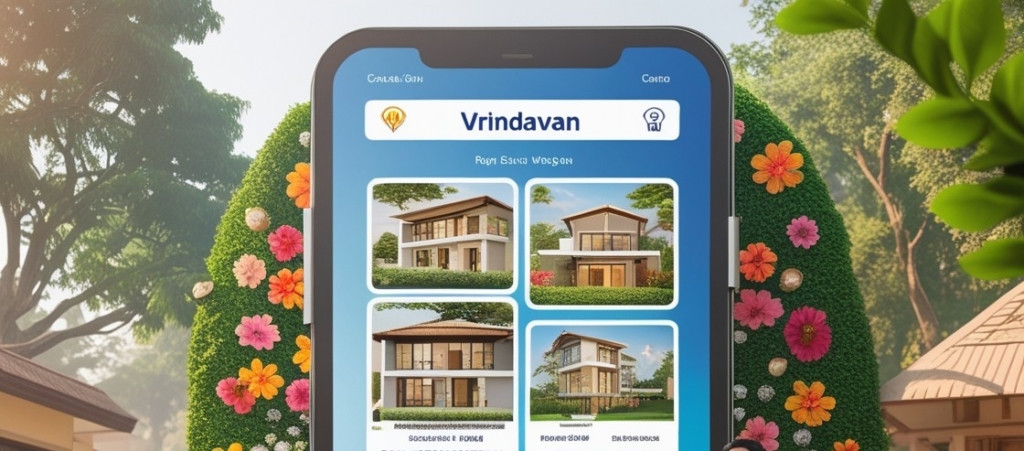
Factors Driving Real Estate Demand
| Factor | Impact on Real Estate |
| Religious Tourism | Increases demand for rentals |
| Infrastructure Development | Enhances property value |
| Second Homes & Retirement | Drives long-term investments |
| Growing Urbanization | Fuels housing and amenities |

Types of Properties Available
- Apartments & Flats – Affordable housing options.
- Independent Houses & Villas – Premium lifestyle choices.
- Plots & Land – High appreciation potential.
- Commercial Spaces – Shops, hotels, and guesthouses for business opportunities.

Investment Opportunities in Vrindavan Real Estate
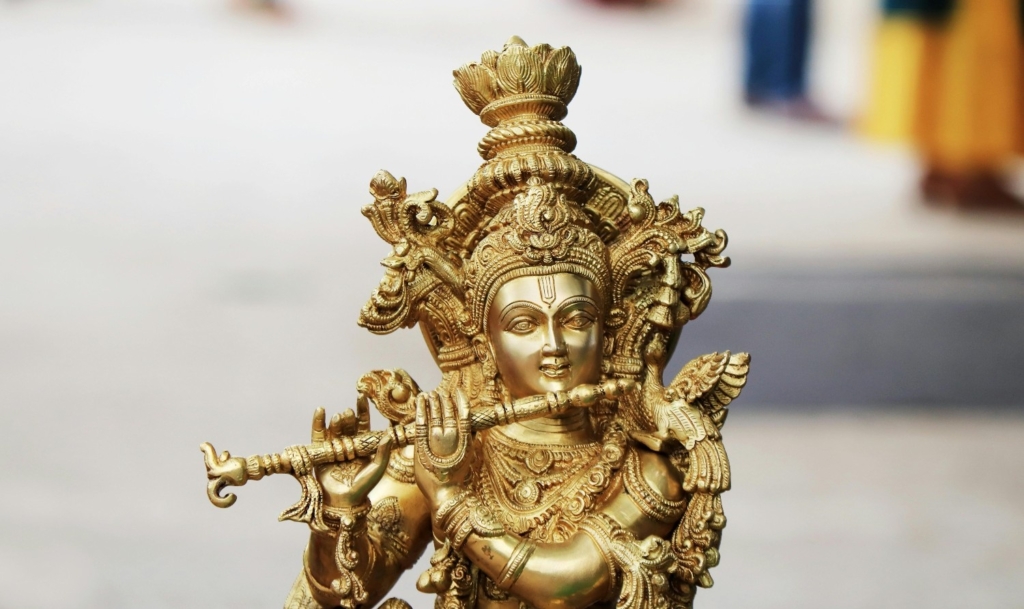
“Investing in Vrindavan real estate is not just a financial decision; it is a divine blessing—where every brick echoes the name of Krishna, and prosperity aligns with spirituality.” 🙏✨
Potential for Capital Appreciation
Growing Infrastructure & Connectivity:
- Improved roads, the Yamuna Expressway, and upcoming metro connectivity enhance accessibility, driving property demand and value appreciation.
Spiritual & Tourism Hub:
- With millions of devotees visiting Vrindavan annually, the demand for residential, rental, and commercial properties continues to rise, ensuring long-term price growth.
Government & Private Investments:
- Smart city initiatives, temple renovations, and real estate developments by private builders contribute to the steady appreciation of property values.
Rental Yields
Year-Round Tourist & Pilgrim Influx:
- Millions of devotees visit Vrindavan throughout the year, creating high demand for short-term rentals, guesthouses, and serviced apartments.
Growing Demand for Spiritual & Retirement Homes:
- Many retirees and spiritual seekers prefer long-term stays, ensuring stable rental income for residential properties and ashram-style accommodations.
Rise of Short-Term Rentals & Hospitality Ventures:
- Platforms like Airbnb and Booking.com make it easier to rent out properties to visitors, offering higher rental yields compared to traditional leases.
Investment Hotspots
Rukmani Vihar is a prominent residential locality in Vrindavan, Uttar Pradesh, known for its strategic location and well-developed infrastructure. Situated near the ISKCON Temple and Chaitanya Vihar, it offers residents easy access to key spiritual and cultural landmarks
Key Highlights:
- Connectivity: The area boasts excellent connectivity to other parts of Vrindavan and nearby cities. Residents have access to vegetable markets, shops, hotels, hospitals, and banks, ensuring a comfortable living experience.
- Real Estate Opportunities: Rukmani Vihar has become a sought-after destination for property investments. The locality offers a variety of residential options, including plots, apartments, and villas, catering to diverse preferences and budgets. Property listings in the area highlight the availability of 1 BHK apartments and residential plots of various sizes.m
- Government Initiatives: The Mathura-Vrindavan Development Authority (MVDA) has been actively involved in the planned development of the area. Projects like the Rukmani Vihar Residential Scheme aim to provide structured growth and enhance the living standards of residents.
Due Diligence Checklist
- Verify land ownership & legal clearances.
- Check builder reputation & RERA registration.
- Assess infrastructure facilities & connectivity.
- Evaluate proximity to essential services.

Challenges and Considerations in Vrindavan Real Estate
- Regulatory & Legal Issues – Land disputes and unclear titles can be problematic.
- Environmental Concerns – Sustainable development is necessary to balance tourism growth.
- Infrastructure Limitations – Water and sanitation services need further improvement.
- Market Volatility – Seasonal demand fluctuations can impact rental income.
Future Outlook and Predictions
- Vrindavan’s real estate market is expected to grow by 10-12% annually.
- Government initiatives will enhance connectivity and tourism potential.
- The rise of integrated townships and gated communities. Increasing use
- of smart technology in real estate management.
Conclusion
Vrindavan’s real estate market presents a unique investment opportunity, blending spiritual heritage with modern growth. With its rising property values, increasing tourism, and upcoming infrastructure projects, the city is becoming a top choice for investors and homebuyers.
If you’re considering investing in Vrindavan, conduct thorough research, assess legal compliance, and choose properties with high future appreciation potential.
Frequently Asked Questions (FAQs)
- Is investing in Vrindavan real estate profitable?
Yes, Vrindavan has high property appreciation rates and rental yields, making it a lucrative investment destination. - Which are the best areas to buy property in Vrindavan?
Popular areas include Chhatikara Road, Raman Reti, and VIP Road. - What are the risks of investing in Vrindavan?
Potential risks include legal disputes, environmental concerns, and seasonal demand fluctuations. - What financing options are available for property buyers?
Banks and NBFCs offer home loans with flexible repayment options, and developers often provide EMI schemes.
Ready to Invest in Vrindavan? Explore your options today!


